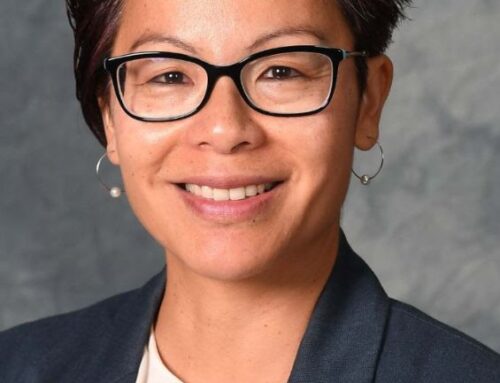Parents of young Canadian children should beware of the potentially catastrophic advice in a Guide for Educators issued by the Canadian Teachers’ Federation on the care and treatment of children with a gender identity disorder in elementary and secondary schools.
To begin with, the CTF explains: “Transgender individuals normally identify with a gender that is different from the one they were assigned at birth.” This statement is simply wrong. It is generally understood within the medical profession that while biological sex is assigned at birth, gender – that is to say, one’s self-awareness as male or female – evolves gradually during infancy and can radically change throughout childhood and adolescence.
Having fundamentally misstated the nature of gender, the CTF guide goes on to depict the confusion of a depressed, biologically male child dubbed Jason who is only happy when he presents himself as a girl, Mandy. On the advice of the family doctor, Jason’s parents set up an appointment with a psychiatrist who specializes in gender variance in children. The CTF story continues: “Together, with the psychiatrist, Jason and his parents explored the possibility of puberty delaying medications, of transitioning and living full-time as a girl and, if Jason wished, sex reassignment surgery when he was older. It was wonderful to see the joy in Mandy’s eyes when she realized that there was actually a way to become the girl she always knew she was.”
Alas, that joy in “Mandy’s” eyes is delusional. The psychiatrist in this fable should have advised Jason and his parents of the truth: that it is impossible to transform a biological male into a biological female by puberty-delaying medications, sex-reassignment surgery or any other means.
Jason’s parents should also have been warned that subjecting a child to puberty-delaying medications can have catastrophic consequences. Consider, in this respect, Gender Identity Issues in Children and Adolescents, a position statement issued by The American College of Pediatricians that was last updated on April 6, 2016, This authoritative document was coauthored by Michelle A. Cretella, president of the ACP; Quentin Van Meter, ACP vice president, and Paul McHugh, University Distinguished Service Professor of Psychiatry at Johns Hopkins Medical School.
Together, in this official position statement of the ACP, these two physicians warn in bold type: “Puberty is not a disease and puberty-blocking hormones can be dangerous. … Children who use puberty blockers to impersonate the opposite sex will require cross-sex hormones in late adolescence. Cross-sex hormones (testosterone and estrogen) are associated with dangerous health risks including but not limited to high blood pressure, blood clots, stroke and cancer.”
In the latest edition of the authoritative Diagnostic and Statistical Manual of Mental Disorders (DSM-V), the American Psychiatric Association designates the kind of gender dysphoria experienced by a young boy like Jason as a treatable mental disorder. Drawing upon data published in DSM-V, the American College of Pediatrics observes that “as many as 98 per cent of gender confused boys and 88 per cent of gender confused girls eventually accept their biological sex after naturally passing through puberty.”
In summation, the American College of Pediatrics admonishes: “Conditioning children into believing a lifetime of chemical and surgical impersonation of the opposite sex is normal and healthful is child abuse. Endorsing gender discordance as normal via public education and legal policies will confuse children and parents, leading more children to present to ‘gender clinics’ where they will be given puberty-blocking drugs. This, in turn, virtually ensures that they will ‘choose’ a lifetime of carcinogenic and otherwise toxic cross-sex hormones, and likely consider unnecessary surgical mutilation of their healthy body parts as young adults.”
Meanwhile, the Canadian Paediatric Society has yet to adopt a position statement on gender identity. In its only position statement on Adolescent Sexual Orientation, the Society states: “The medical and psychological needs of transgender youth are many and beyond the scope of the present paper.”
What will it take for the Canadian Paediatric Society to adopt a clear position on the treatment of children with gender dysphoria? With this mental illness taking on epidemic proportions among school-age children, the Society should promptly issue its own position statement on the issue or, at least, endorse the forthright stance of the American College of Pediatrics.
Meanwhile, all Canadian parents should do whatever they can to combat the child abuse perpetrated by organizations like the Canadian Teachers’ Federation who disseminate potentially lethal misinformation about the proper care and treatment of children afflicted with Gender Dysphoria.





